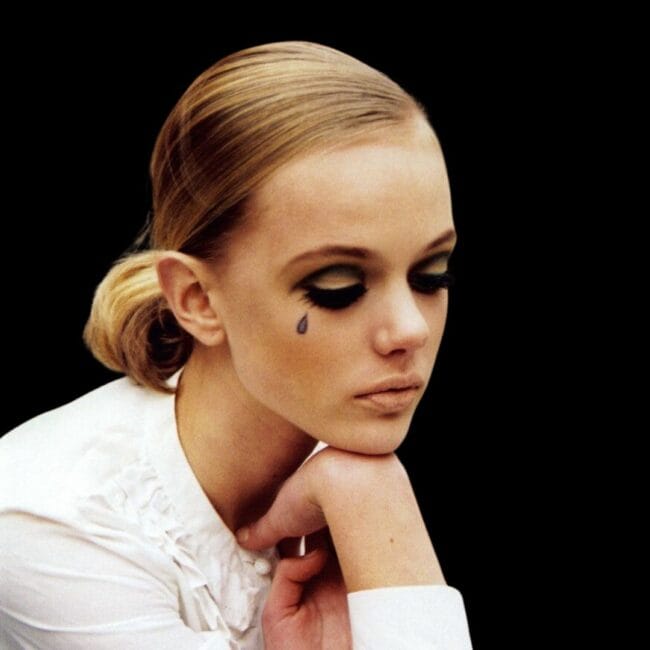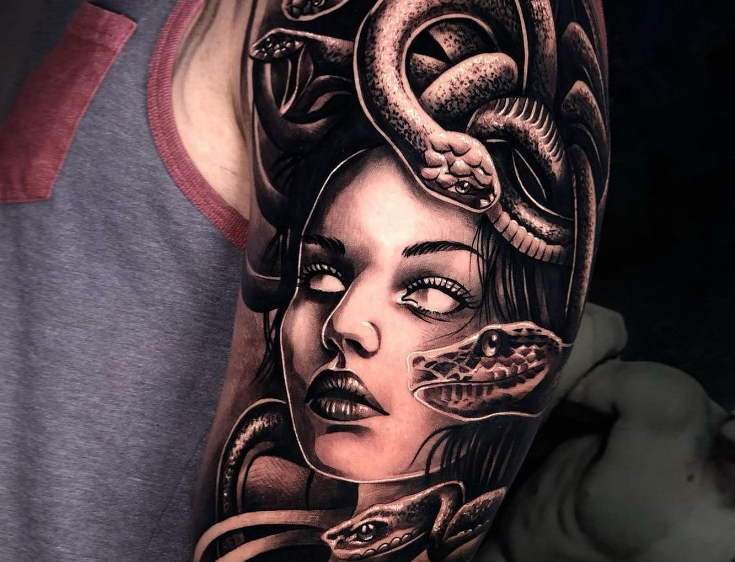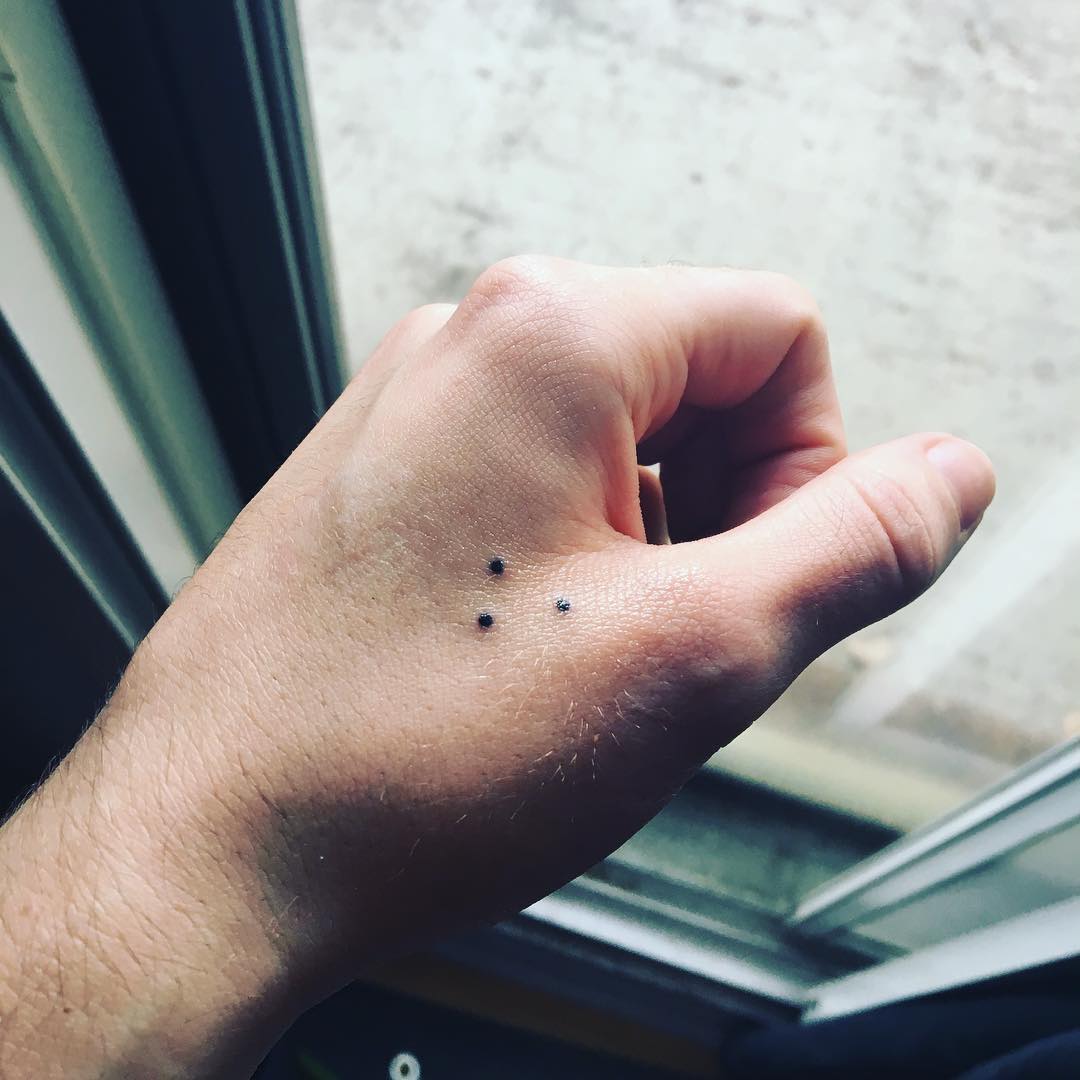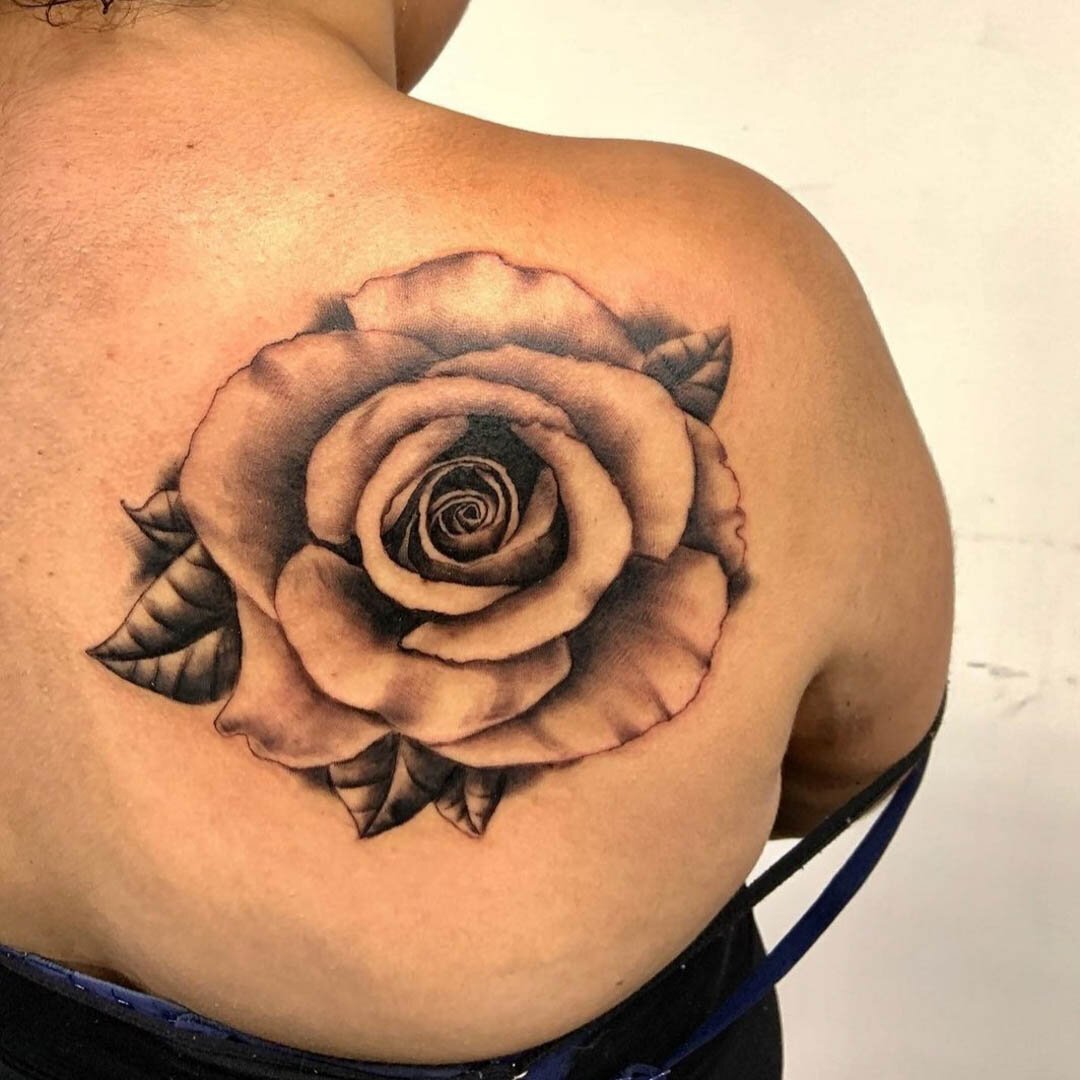Tattoo meaning
What Does a Teardrop Tattoo Mean? Comprehensive Guide to Symbolism, History, and Interpretation
What Does a Teardrop Tattoo Mean? Comprehensive Guide to Symbolism, History, and Interpretation
The teardrop tattoo is one of the most recognizable yet misunderstood symbols in body art. Often inked beneath the eye, it carries a weight of history and meaning that varies dramatically depending on context, culture, and personal intent. From its roots in prison culture to its adoption by celebrities, this small tattoo tells a big story.
Historical Origins of the Teardrop Tattoo
The teardrop tattoo first emerged in correctional facilities, where it served as a silent language among inmates. Each drop could signify time served, a loss, or even an act of violence. Over time, the symbol spread beyond prison walls, fueled by gang affiliations and media portrayals. Films and music videos often romanticized or demonized the teardrop, further embedding it in popular culture.
Primary Meanings Behind the Teardrop Tattoo
-
Prison-Related Symbolism
In many prison systems, a teardrop represents time spent behind bars—one drop for each year. It can also denote rank or status within the inmate hierarchy. For example, in some U.S. prisons, a filled teardrop might indicate a violent act, while an outline suggests loss or mourning. -
Violence and Crime Associations
The tattoo is frequently linked to homicide, especially in gang culture. A filled teardrop might symbolize a completed act, while an unfilled one could signal intent or a failed attempt. Law enforcement often studies these markings to decode affiliations or criminal histories. -
Grief and Loss Symbolism
Outside of criminal contexts, the teardrop can memorialize a loved one. Celebrities like Lil Wayne and The Game have worn it to honor friends or family members, shifting its perception from a gang symbol to a personal tribute. -
Victimization Markings
In some cases, the tattoo is forcibly applied to mark victims of abuse or exploitation within prison systems. Advocacy groups now work to reclaim the symbol, offering cover-up options for those seeking a fresh start.
Placement and Design Significance
Where the teardrop is placed—left eye, right eye, or elsewhere—can alter its meaning. Color choices also play a role: black ink is traditional, but red or blue might signify specific affiliations. Tattoo artists often advise clients to research thoroughly before committing to such a loaded design.
Cultural Impact and Mainstream Adoption
From hip-hop artists to TV dramas like Orange Is the New Black, the teardrop has entered mainstream consciousness. While some wear it as a fashion statement, others caution against trivializing its darker associations.
Social Consequences of Wearing the Tattoo
Public perception varies widely. Some view it as a badge of resilience; others associate it with criminality. Job seekers with visible teardrop tattoos may face discrimination, and law enforcement might profile wearers unfairly.
Removal Options and Considerations
Modern laser removal can fade or erase the tattoo, but the process is costly and painful. Cover-ups offer another route, transforming the teardrop into a new design. Dermatologists recommend consulting professionals to avoid scarring or incomplete removal.
Expert Perspectives
Tattoo artists and cultural anthropologists emphasize the importance of understanding the symbol’s roots. “It’s not just ink—it’s a story,” says one artist. Corrections officers note that while the tattoo’s meanings evolve, its stigma persists in some circles.
Considering a Teardrop Tattoo?
Ask yourself: What does this symbol mean to me? How might others interpret it? Weigh the cultural weight against your personal reasons. For some, it’s a powerful statement; for others, a regrettable choice.
The Future of the Teardrop Symbol
As tattoo culture evolves, so does the teardrop’s significance. Younger generations may redefine it, stripping away old stereotypes. Activists and artists are already reclaiming it, turning a mark of pain into one of empowerment.
The teardrop tattoo is more than skin deep. Whether you’re drawn to its history, its artistry, or its emotional resonance, understanding its layers is key. What will your ink say about you?

At Awcaseus, we create more than t-shirts — we craft statements. Inspired by urban stillness and modern philosophy, our pieces combine premium fabrics, structured fits, and abstract graphics. Every design is a reflection of thought, identity, and quiet confidence. Awcaseus is where fashion becomes a voice — and you wear the future.





